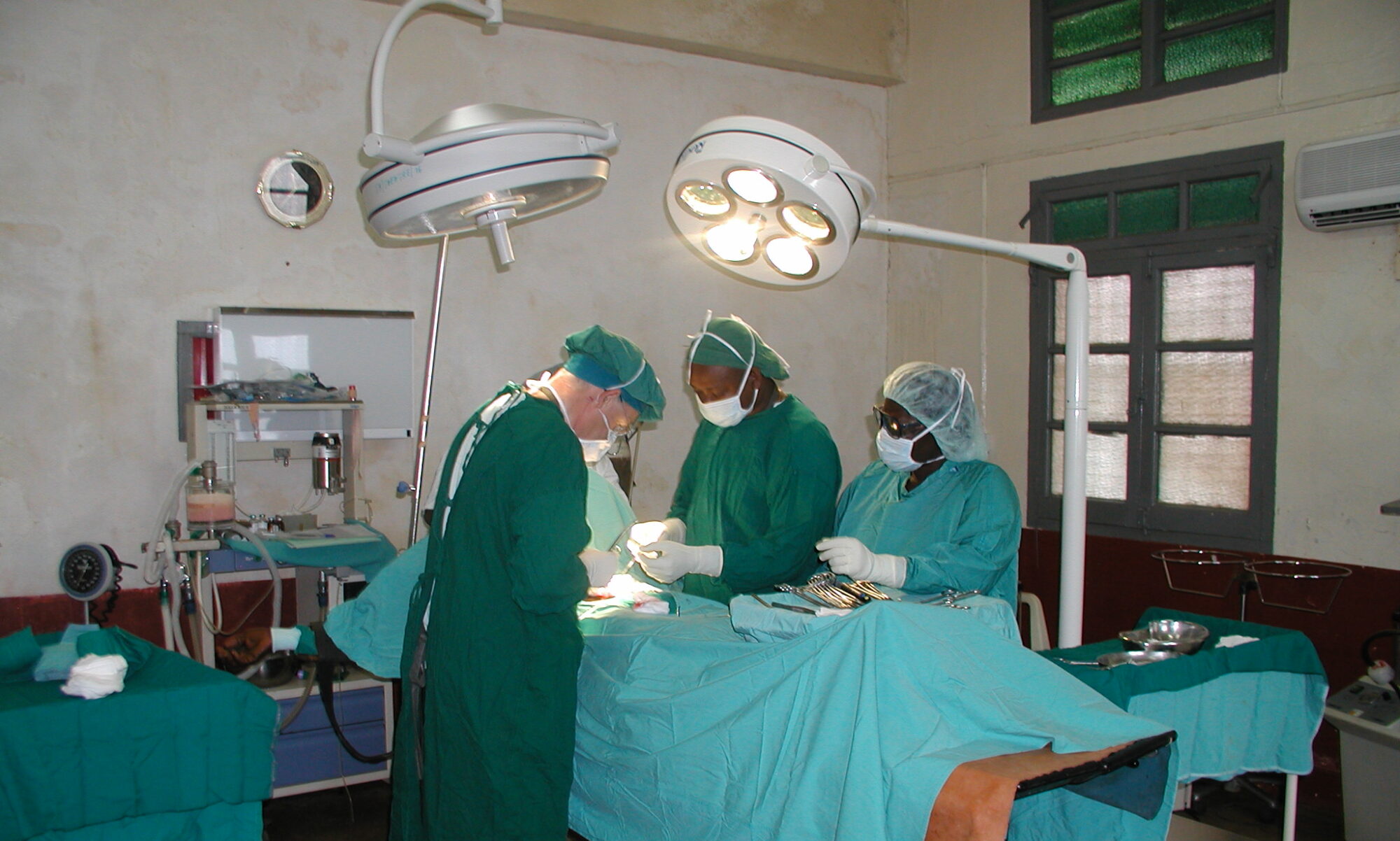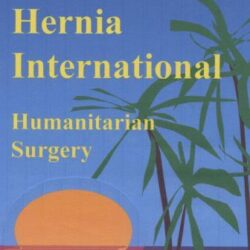
KANIFING HOSPITAL CAMPAIGN. SEREKUNDA. GAMBIA
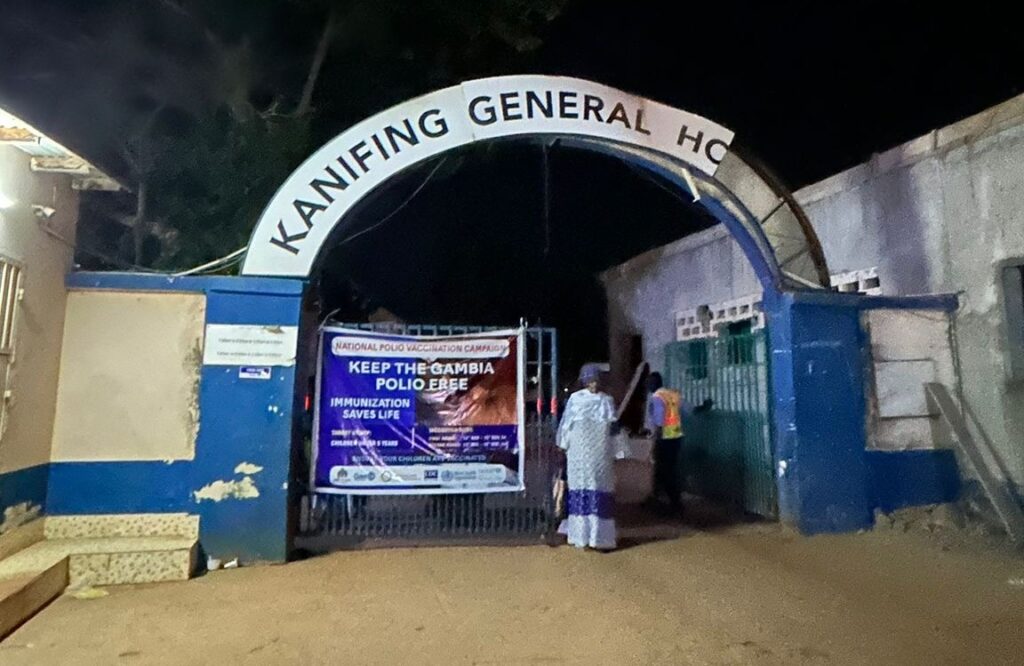
DATE: November 9-17, 2024
1. TECHNICAL REPORT:
a. DATES AND LOGISTICS DEPLOYED:

Departure from Madrid on Saturday, November 9, 2024 at 6:00 pm with stopover in Lisbon and arrival in Banjul on the 10th at 1:05 am. Return with departure from Banjul on November 17, 2024 at 2:05 h with stopover in Lisbon and arrival in Madrid at 11:20 h.
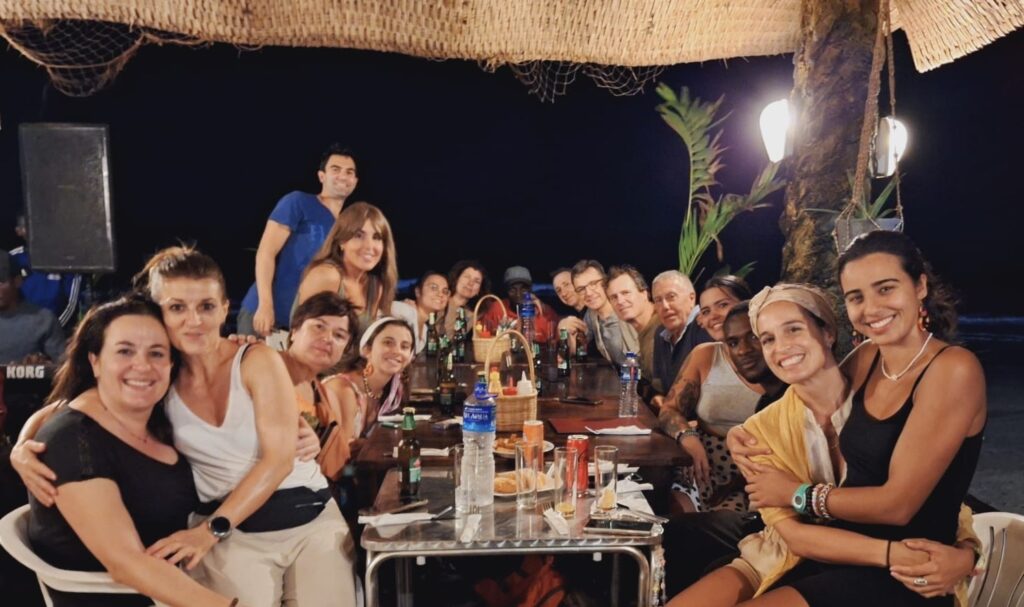
b. ADULT PATIENTS: Most of the patients have been adult patients although we have also included a small number of children, ranging in age from 9 to 85 years, of which 32 are female and 85 male. A total of 20 thyroid surgeries including goiters, thyroid nodules and thyroglossal cysts. We have also performed abdominal wall surgeries including inguinal hernias, umbilical, epigastric and incisional hernias and soft tissue tumors of various types, mainly lipomas and epidermal cysts. All patients operated on for inguinal, umbilical or incisional hernias have been operated on under spinal anesthesia while patients undergoing thyroid surgery are operated on under general anesthesia. Extirpations of soft tissue tumors were performed under local anesthesia with or without associated sedation depending on the size of the lesions.
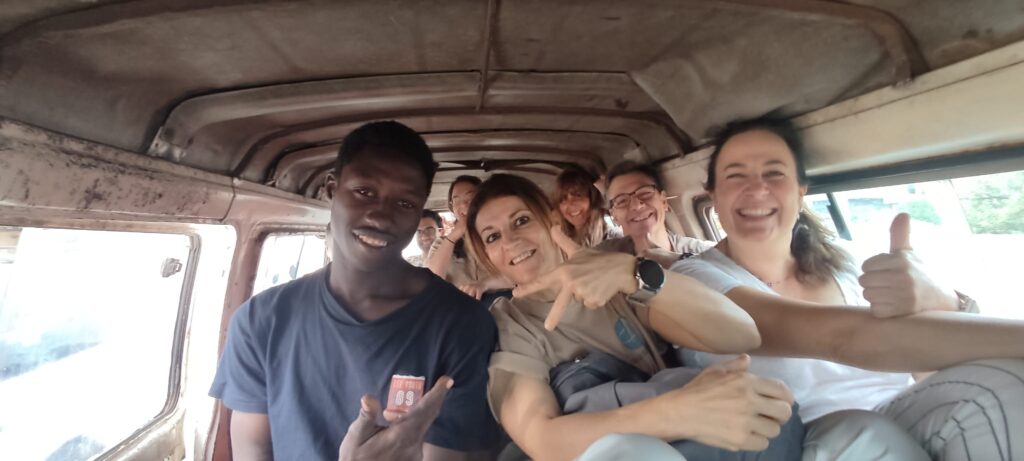
All patients have been previously selected by the local hospital staff and subsequently have been assessed by us in medical consultation with the support of local health personnel, indicating the type of surgical intervention and providing them with specific informed consent in English. All admitted patients have been assessed in the hospital ward prior to medical discharge, providing them with medical indications and the corresponding discharge report.
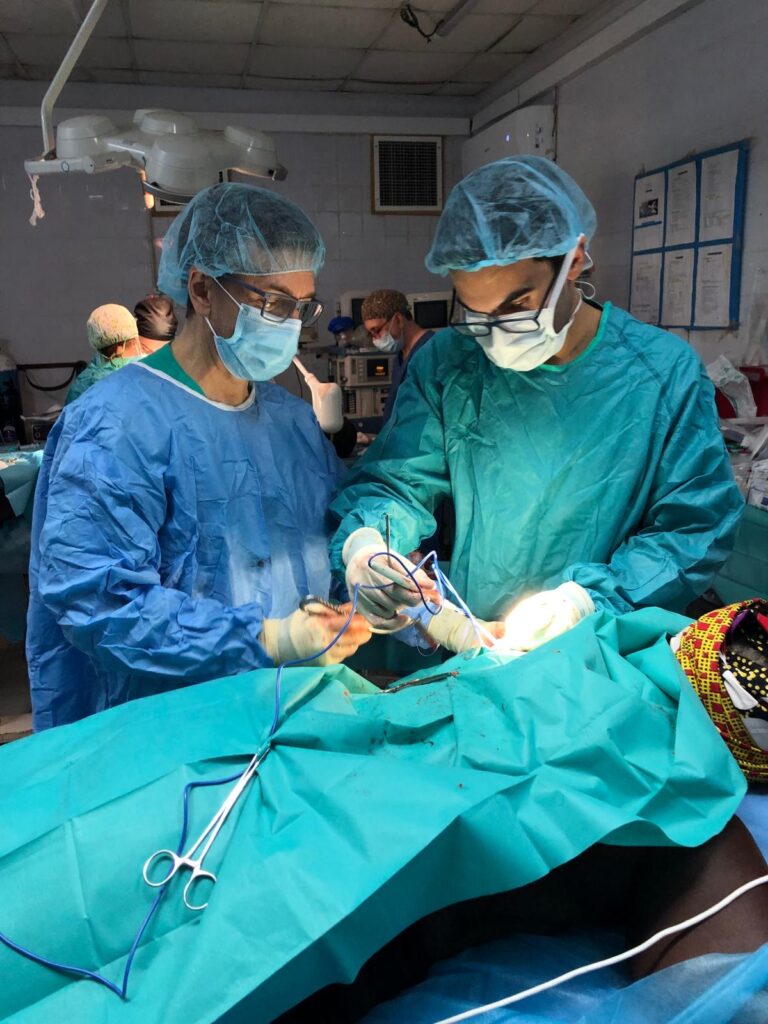
Total procedures performed: 131
Total patients operated: 117
Thyroid surgeries: 20
Inguinal hernias: 70
Incisional, umbilical, epigastric, Spiegel’s and diastasis hernias:
17
Soft tissue tumors: 25
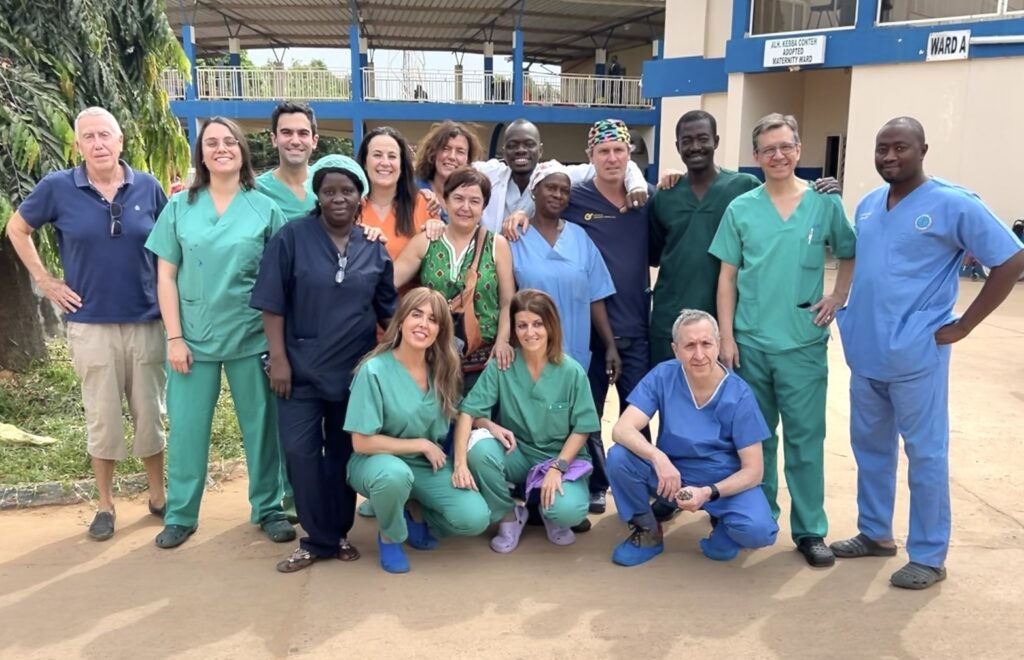
c. ADDITIONAL COLLABORATIONS: In addition to our work in the operating room we have participated in other activities in an extraordinary way both in the surgical area and in the emergency area. In total 19 procedures outside the scheduled surgical work: Two cures for water burns in infant and 3 year old, cure of oil burn in infant, suture of lower limb for incised wound, assessment and care of malnourished infant, participation in resuscitation of at least three neonates after complicated deliveries, Participation and collaboration with the local staff in anesthetic procedures of at least two surgical interventions, facial and oral sutures in assaulted patient, facial wound healing, 2 ulcer healing in lower limbs, finger suture, three scalp sutures. In total 19 extra procedures outside our planned surgical activity.
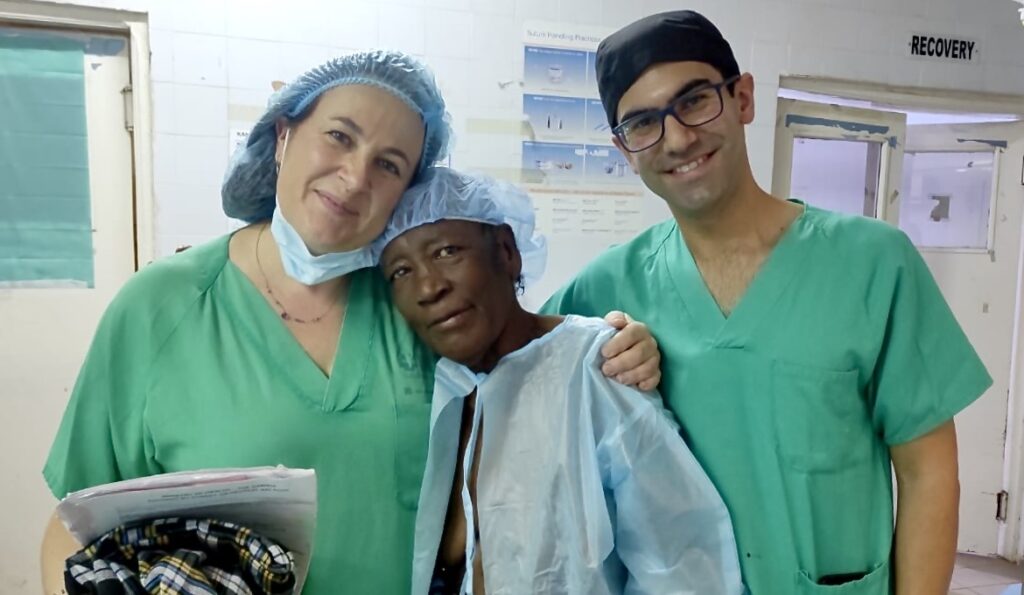
d. COMPLICATIONS: At our departure, only one acute retention of urine in an 80 year old patient with correction of a bilateral inguinal hernia, which required the placement of a bladder catheter.
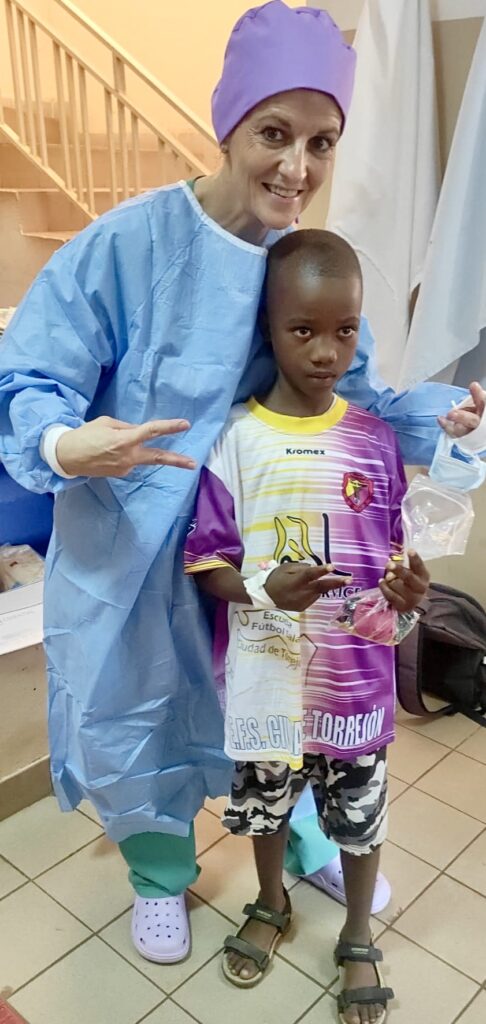
2. MEMORY OF THE CAMPAIGN
The Gambian government is the largest healthcare provider in the country. Public and private healthcare facilities can be found in The Gambia although there is no public healthcare at zero cost.
The public health system is composed of three levels:
Tertiary level, consisting of six government-operated referral hospitals.
Secondary level with 38 health centers.
Primary level, 492 medical posts distributed throughout the country. The private system provides 34 clinics.
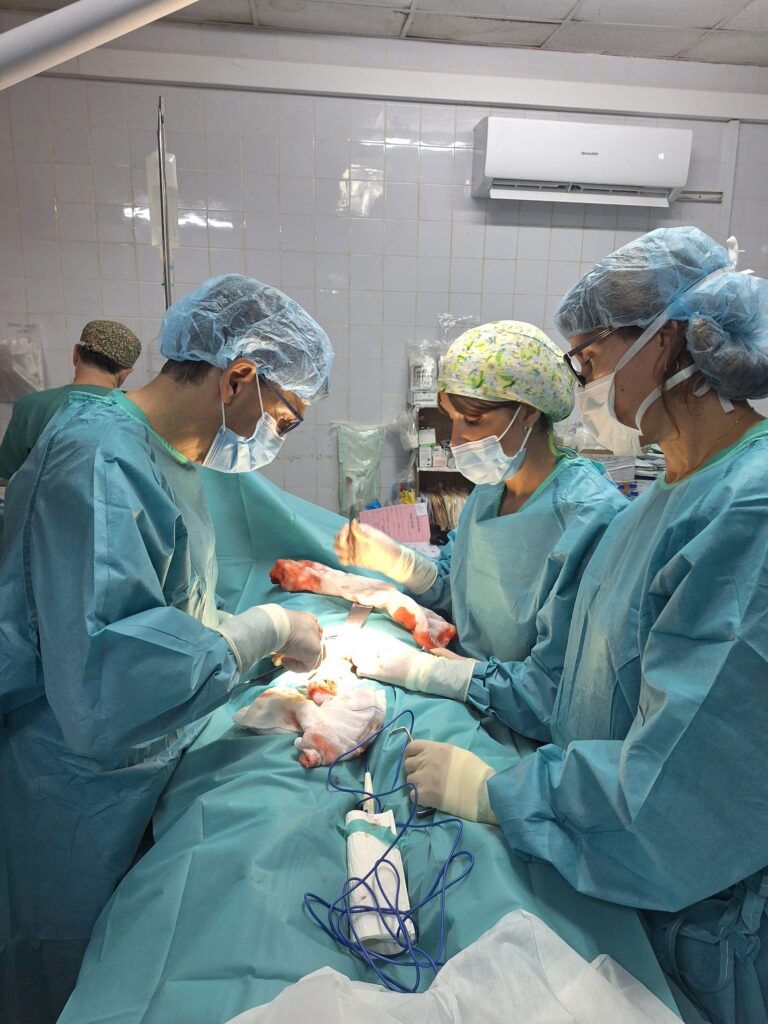
The Gambia has one doctor per 1,000 inhabitants and many communities still rely on local healers first. Although health has been identified as a priority area by the Government, data from the latest United Nations Development Program (UNDP) report shows that access to healthcare is still one of the greatest deprivations of the population and varies according to geographical location and age. It also has the Medical Research Council which is funded by the UK Government. There are also a number of private clinics and some health NGOs operating in The Gambia.
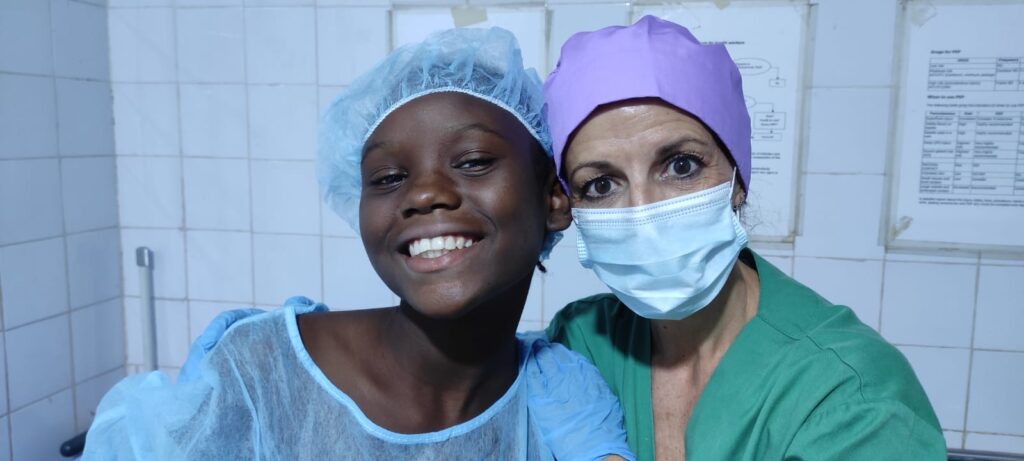
Serekunda is the most populous city in The Gambia. It is located in the province of Kanifing and is situated thirteen kilometers southwest of Banjul, the capital of the country. It has an estimated population of 348,000 inhabitants. The population it serves is indifferently Gambian or Senegalese due to a migration crisis. The languages spoken by the population are mainly Wolof and Mandinka.
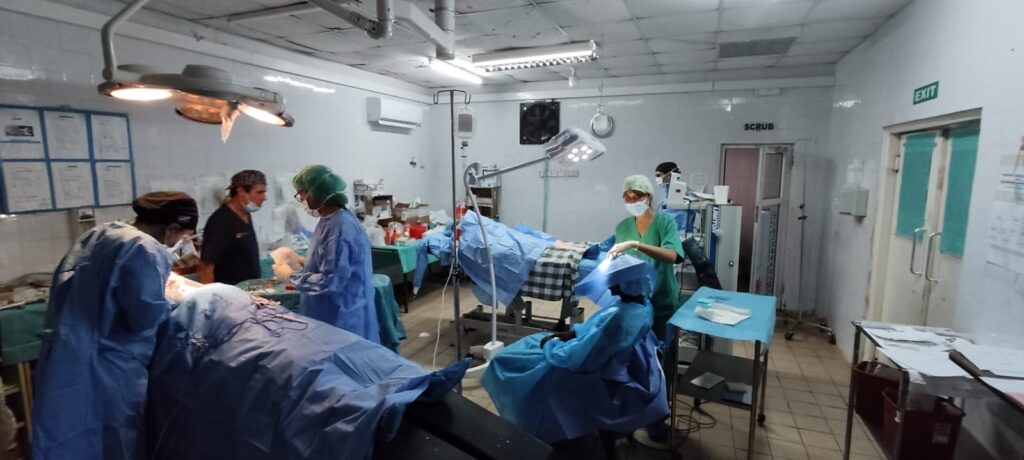
The Kanifing General Hospital was established in 2010 in a government commitment to respond to the growing demand of an expanding metropolitan area near Banjul. It is a 500-bed facility that provides secondary medical services to a population of more than 300,000 people. The hospital employs more than 540 staff, most of whom are physicians (nurses and midwives) and other personnel. The hospital has typical African architecture. It consists of several pavilions. At its center is a large courtyard surrounded by several one- and two-story buildings housing the hospitalization and surgical areas. At the entrance of the hospital complex you can find the administration area and an administrative building where patients are registered before any procedure to be performed in the hospital complex, also in that initial part you can find the emergency care area and a nearby laboratory and testing building from where walkways are divided to other wards for surgical patients, maternity, infant, internal medicine and dentistry, all of them two floors.

The operating room block is located in a two-story but independent building. In the surgical area there are two large operating rooms, one for maternity and the other for general surgery. Each operating room is equipped with a basic respirator with halothane capacity and an electric scalpel. The operating rooms are equipped with split air conditioning, which allows comfortable working for many hours despite the high outside temperatures. The obstetrics material cannot be used due to the large number of urgent cesarean sections. In this area there is a room adjacent to the general operating room that is used for pre-surgical preparation and also for post-anesthetic recovery, and two other rooms near the obstetric operating room, one used for the recovery of women after cesarean sections and other surgeries performed in that operating room and another one recently enabled for surgical interventions if needed. This same building has a sterilization area with an autoclave and various shelves for material, where local personnel sterilize all types of material. On this floor there are also changing rooms for women and men, a restroom and a staff lounge. Upstairs there is a large terrace, a room for the gynecology and anesthesia guard, a bathroom and a large area that is used as a storage area for leftover material from other campaigns and for the volunteers to eat.
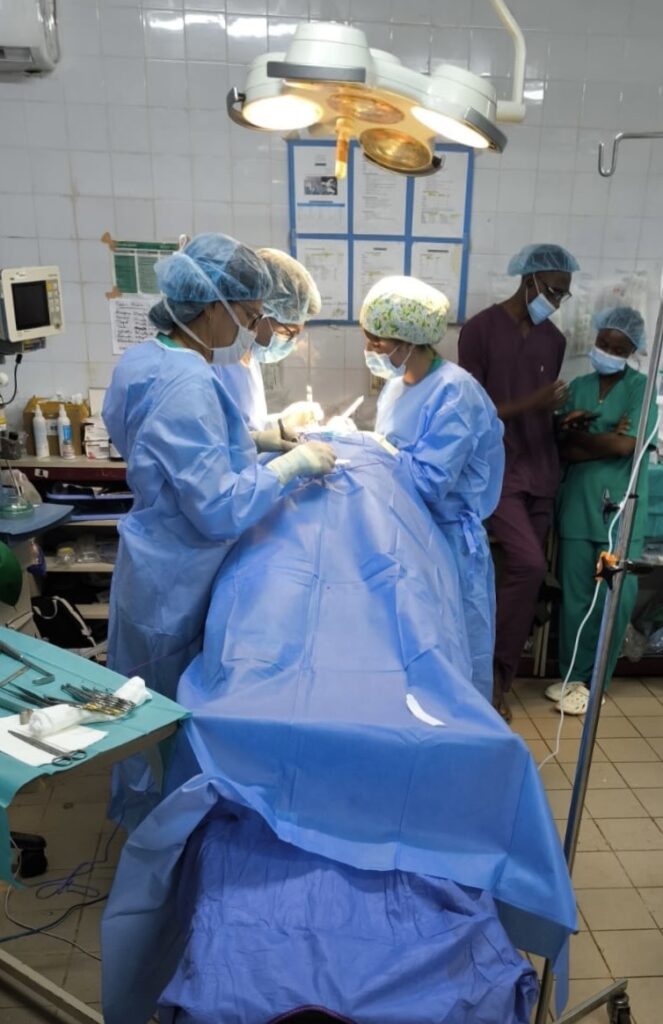
a. We used the operating room for surgery to perform two simultaneous operations and, since we had another operating room near the obstetric operating room with an electric scalpel available, we used it as a second operating room for the third table, so that we could work more comfortably to perform three simultaneous operations.
b. The team consisted of three surgeons, Arturo Cruz, Victor Vaello and Ana Moreno, a fourth year surgical resident, Adriana Aviles, two anesthesiologists, Javier Mora and Salvatore Catania, and three nurses, Ana Carrascosa, Miriam Llorente and Manuela Dorado, a total of 9 members, four surgeons, two anesthesiologists and three nurses.
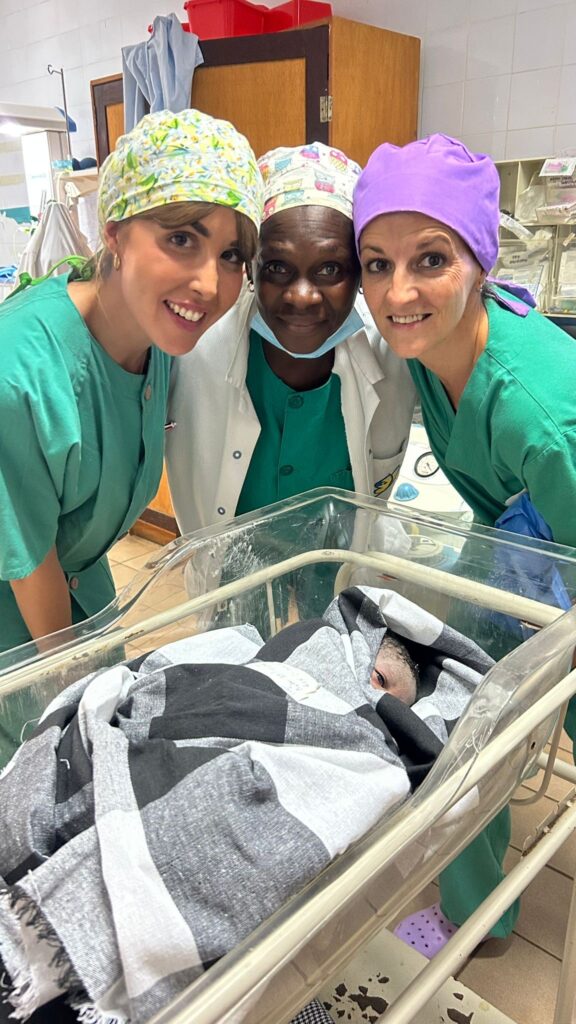
c. Local staff.
Hospital with a large team of staff available, to highlight the Cuban staff that thanks to our cultural and language ties, have provided us with advice and support. Among them there is an anesthesiologist, Luis, a general surgeon and a urologist. In addition, Dr. Sanyang, who thanks to his knowledge of the Spanish language was a determining factor in the development of the campaign, was also present in consultations and in the surgical area,
Local nursing students, nurses and several assistants who were in the ward were working with us from time to time. For the transfer of patients from the operating table to the transport stretcher there were 2-3 assistants/celerators in charge of this activity.
Cleaning personnel
Sterilization personnel
Nursing staff dedicated to wound care and suturing of emergency patients.
d. Equipment: The surgical area of the Hospital has a room on the upper floor with a large amount of stored and poorly organized material, mainly from previous campaigns. Among other things, there are boxes with abundant instruments, sterile gloves and consumables, some surgical drapes, gowns and even some sutures.
e. ANESTHESIA: All the anesthesia used in the campaign was provided by the anesthesiologist members of the group. Anesthetic drugs are available at the center and are mainly used for anesthesia in cesarean sections, urgent interventions and very few programmed interventions of local surgeons’ patients.
f. ASEPSIS OF SURGICAL MATERIALS: There is a sterilization area with an autoclave sterilizer available that works adequately. The local staff in charge of sterilization has regular training so that they frequently mix instruments from several different boxes or packages, we have also found deficits in the packaging of the material, so that specific attention has been needed in sterilization procedures for later use.
g. OUR LIFE: Regarding the trip until our arrival in Banjul, we must highlight the excellent combination Madrid-Lisbon-Banjul by TAP airline. Minimum waits and flights adjusted in time as they were not long distances to be traveled.
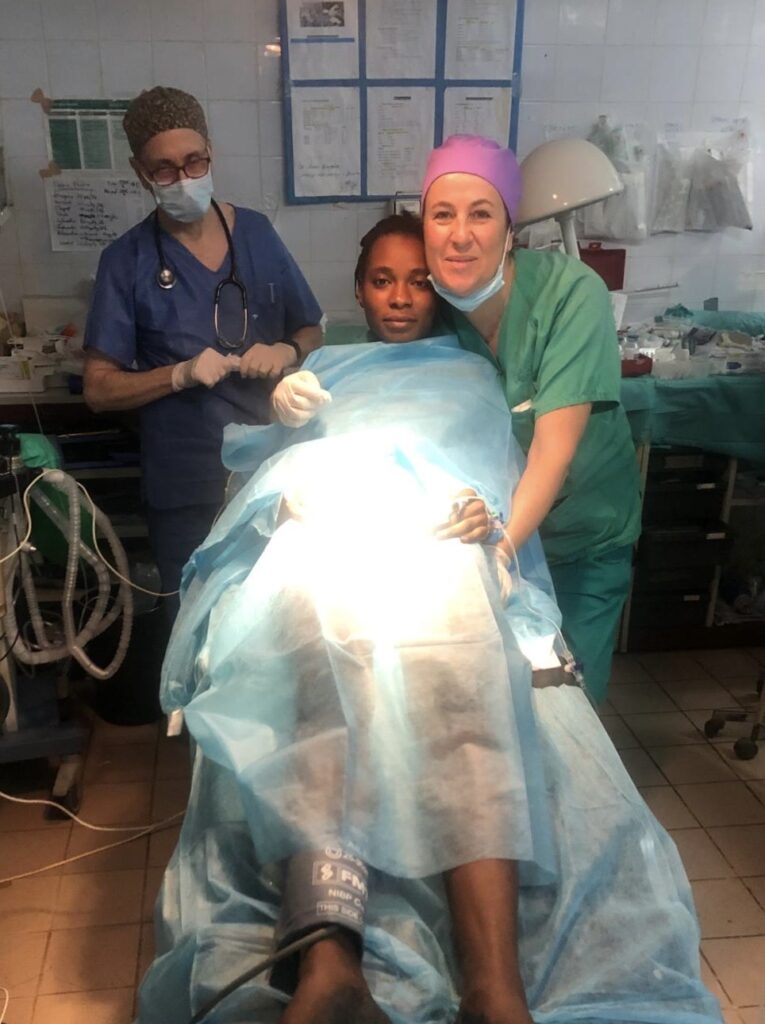
The arrival at the airport was smooth and everything was facilitated from the beginning by Jose Maria Bereguiain, representative of ASEDA, who was waiting for us at the airport and facilitated the payment of the airport security fee as well as the management of the customs clearance of our luggage. There we were also met by local staff that Jose Maria had arranged for the transportation of luggage and material, as well as our own transportation to the hotel we had hired.
The hotel where we stayed was the Seaview. It was a reasonably priced hotel, simple and correct in terms of hygiene, service and breakfast, although there was a small conflict regarding the punctuality of the breakfast time to allow us to leave at the stipulated time, which was solved without incident. It has a swimming pool that allowed us to relax at the end of the day. On the other hand, the location of the Hotel was excellent, about 20-25 minutes from the Hospital by van, in a tourist area that allowed versatility for the choice of different options for dinner.
The first day after arrival, Sunday, was dedicated to the organization of material, cleaning of the operating rooms and a meeting with the medical direction of the Hospital, in which we were clearly explained the expectations with the group in order not to incur in problems that could occur previously. We also spent the first consultations for the programming of the next day.
From the second day our surgical activity began in full, which would last from Monday morning, November 11, until Saturday, November 16, at noon. In total 5 days and a half of work in which we performed all the activity previously described. The days started around 8-8:30 am and lasted until approximately 8:00 pm. Lunch as well as water and other drinks were provided by ASEDA thanks to the invaluable work of José María Bereguiain, who was always aware of any problems that might arise and the needs of the group.
3. CONCLUSION
Undoubtedly the participation of ASEDA members and especially of José María Bereguiain in the organization, logistics, mediation with local authorities and the hospital, has been a determining factor for the success of the campaign.
Strengths of this place:
The collaboration of ASEDA.
The security of the country
The collaboration of the local staff
The availability of material and facilities, to a certain extent, acceptable.
Easy accessibility to the country.
Objectives for improvement:
The operating room-sterilization circuit in which the local personnel many times do not have clear objectives can be improved.
The fact of maintaining fixed and frequent campaigns in the future could provide the possibility of establishing collaboration links from the training point of view for the local personnel. I think it is feasible to open a stable training line with local staff (doctors, nurses, assistants, etc…) with a view to improving health care through lectures, workshops, participation in our operating rooms, etc…
BUDGET:
COST approx/person Accommodation: 450 Euros.
COST approx/person Flights: 525 Euros
COST travel insurance: 45 Euros
LUNCHES COST (Contributed by ASEDA): 0 Euros
COST TRANSPORTATION (Provided by ASEDA): 0 Euros
COST OF DINNERS approx: 150 Euros
TOTAL COST OF THE CAMPAIGN per person: Approx.
1170 Euros
TOTAL COST approx. for the 9 team members:
10530 Euros
Fdo: Arturo Cruz Cidoncha
Campaign Coordinator
Surgeons in Action
